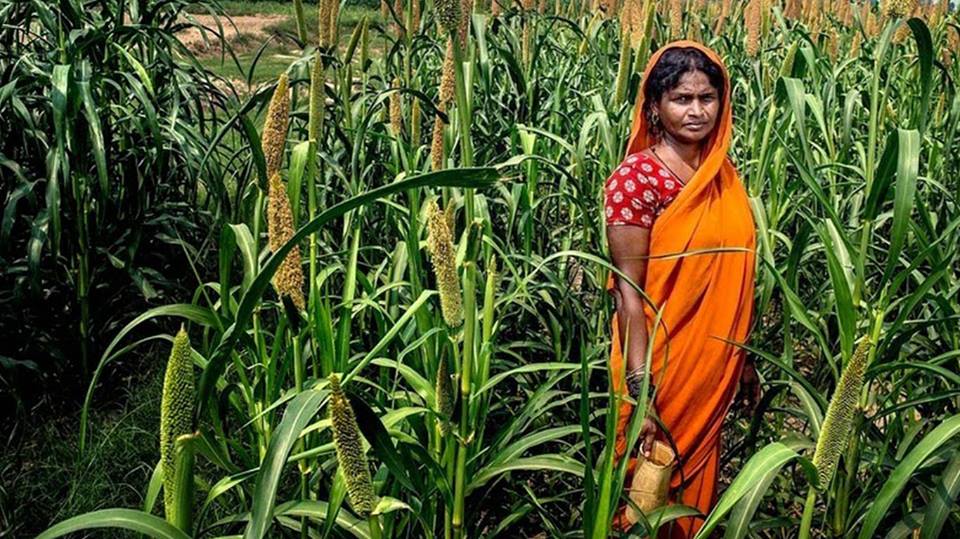The unsanitary habits of the population are recognized by the Ministry of Health and Family Welfare as one of the most important causes of the highest mortality from snakebites in India - at least 50,000 a year.
“Piles of garbage that are not cleaned timely in the settlements and attract snakes hunting gnawing animals, and the ineradicable habit of the local people to go to the toilet ‘in the open air’ lead to increasingly more frequent accidental encounters with the reptiles,” concluded the experts who prepared a consolidated report based on the data from all the states. “From April 1 to October 31, 2019 only, 114 thousand people were bitten in India, and the saddest statistics are in the central and eastern states.”
Dangerous habits
Maharashtra state was recognized as the leader, where in the first seven months of this year, over 19,000 cases were recorded in the rural areas and almost 5,500 in the cities.
Obviously, out-of-doors and in the fields and jungle, the risk of encountering a dangerous reptile is much higher, especially considering that - despite all the calls of the Modi’s government to get rid of the unsanitary, polluting habits of the so-called ‘answering the call of nature’ in the open air - about 600 million people ignore the calls of the government.
The tradition of many villagers to sleep on the floor is also recognized as dangerous, which, combined with huge interstices in the walls and splits in doors and windows, allows the snakes crawl into homes, especially during the periods of the extreme temperatures - in the searing summer heat or cool winter nights uncomfortable for snakes. Insufficient lighting also plays its role - this problem, according to the authorities, could be solved by installing solar-powered lights.
However, large cities can present unpleasant ‘slithering’ surprises. Even in Mumbai, one of the largest Indian metropolitan cities and the financial heart of the country, 133 incidents have occurred since the beginning of the year, most of which ended successfully thanks to a large number of clinics with highly competent physicians.
Self-sacrificing friends
Sometimes, if somebody is lucky, their faithful dogs come to help the villagers. For example, three years ago, the whole country grieved over the Doberman nicknamed Doro, who lived in the village of Sebekapur in the eastern Indian state of Orissa. An amazing example of the dog’s loyalty amazed everyone - a brave dog sustained combat against four mountain cobras and saved his master's family, but died from their poisonous bites after the fight against the snakes.
The venomous cobras tried to enter the house where eight people slept at night, and the Doberman, who was sleeping at the door, blocked their way. He fended off the attacks of four large snakes for several hours and died as soon as he bit the last cobra. “Traces of this terrible massacre were everywhere,” said the head of the family, Dibakar Raita, who discovered the next morning the lifeless pet and his enemies. “We bought the Doberman just a few months ago, and he became really a member of our family thanks to his friendliness and easy disposition.”
Hundreds of inhabitants of the surrounding villages, having heard about the heroic feat of the Doberman, came to do honour to the memory of the dog and see Doro to his final journey. They laid flowers, performed a sacred rite, and buried the brave dog with the honors that are usually given to war heroes.
Medical assistance
The lack of competent physicians familiar with all the types of venomous reptiles and antitoxic sera used for the treatment is another social scourge in the country, therefore it is no coincidence that the medical journal The Lancet called its recent study on this subject “Snake bite in India: a neglected disease of poverty”. According to the experts, the figure of 50,000 victims of venomous snakebites is clearly underestimated. “This figure is underestimated, as most patients in rural India visit their village healers,” they note. Every 6 to 12 months, the physicians in the primary healthcare centres here change, they are poorly educated in providing medical assistance in such cases, so many victims die on the way to larger hospitals located in the city.
“We must provide specialized training to all doctors regarding the necessary and emergency care when a bitten person just enters a primary healthcare centre,” said Dr. Yadav Gupta, Head of the Department of Pharmacology at the All India Institute of Medical Sciences and Director of the National Poisons Information Centre.
“To avoid panic, doctors should also know the difference between venomous and non-venomous snakes.”
He is convinced that snakebites need to be considered nationally identifiable diseases such as AIDS, polio or malaria, and make every effort to distribute antitoxic sera as widely as possible across the country, especially in the poorest eastern regions.
In India, there exist 270 species of snakes, of which over 60 are venomous ones. Every year, 45,000 to 50,000 people die from snakebites in India, that is at least 125 people daily. Cases of saving people from snakes by dogs have already been reported before, but never before has a single four-legged fighter been able to kill so many most poisonous and strong Indian reptiles at once.


